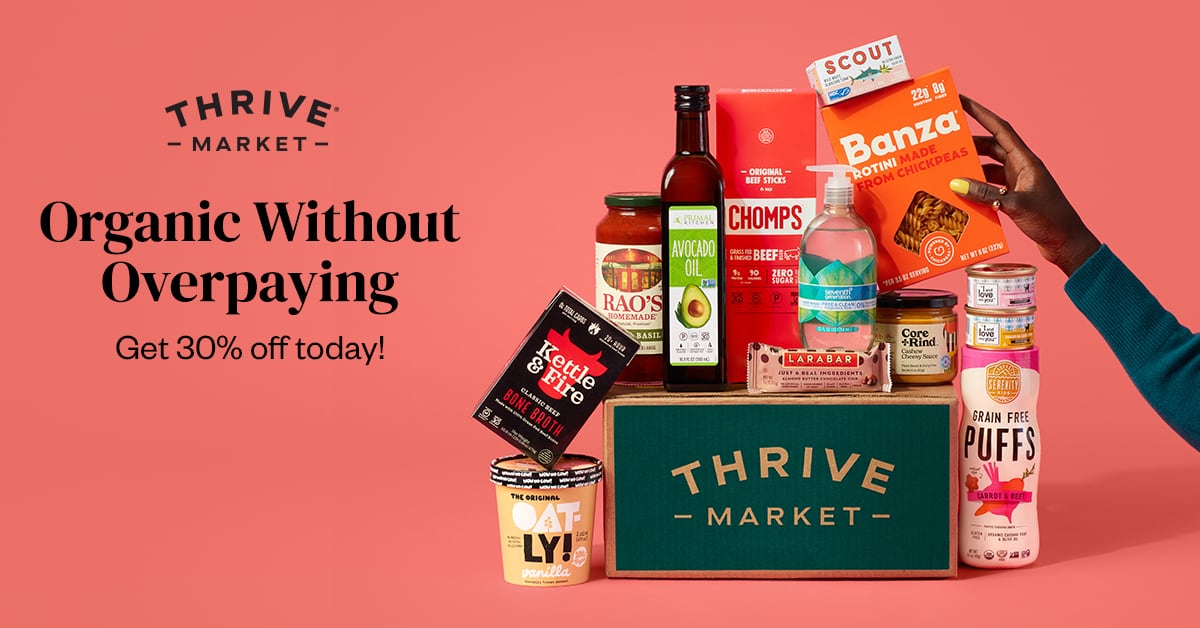How To Choose FODMAP Friendly Foods
Several foods or ingredients that we have access to everyday can be low, moderate or high in FODMAPs. FODMAPs are short-chain carbohydrates made up of sugars and fibers that become troublesome for those with sensitive guts.
The low-FODMAP diet is an elimination diet that helps those with Irritable Bowel Syndrome (IBS) to find relief from symptoms of bloating, distention, abdominal pain, constipation and/or diarrhea. The diet is also used to help those suffering from Small Intestinal Bacterial Overgrowth (SIBO).
On the low-FODMAP diet, the key is to consume a diet low in FODMAPs for a period of two to six weeks (Elimination Phase). You will then systematically challenge (Rechallenge Phase) high-FODMAP foods while still staying on the low-FODMAP diet.
After you understand which FODMAPs may be triggering symptoms, you will then reintroduce (Reintroduction Phase) non-troublesome high-FODMAPs completely back into the diet for a modified low-FODMAP diet. As an example, during the Elimination Phase a person with IBS will avoid garlic. During the Rechallenge Phase they will then challenge three different serving sizes of garlic and monitor symptoms.
This testing enables a person to discover if they can tolerate a specific amount of garlic or no garlic at all.
This Is Also Called “FODMAP Threshold”
A total of 10 foods will be challenged. It is never recommended to follow the Elimination Phase of the diet long-term as some high-FODMAPs are prebiotics and are actually beneficial for the gut.
Reading Labels
Some packaged, pre-made or ready to order foods can contain high-FODMAP ingredients and it isn’t always easy to spot them. Even if you are not a FODMAPs trained nutritionist, my tips below will help you to quickly learn how to navigate food labels to check for any high-FODMAP ingredients.
If you are ordering food off a menu, from the deli counter or you’re at a party and no food label exists, be sure to ask for a list of ingredients.
To ensure you do not accidentally consume foods that are high in FODMAPs, always keep your Low-FODMAP and High-FODMAP Grocery List handy. For your overall health and safety, it is recommended to work with someone like myself or another nutritionist who has been trained in the low-FODMAP diet.
If your symptoms of IBS are caused by another serious illness, please consult with your doctor and always let your doctor know if you are thinking of taking on the diet. Consider asking your doctor to test for celiac and Small Intestinal Bacterial Overgrowth (SIBO).
Here Are A Couple Of Essential Label Reading Tips For The low-FODMAP Diet:
Onions and garlic are fructans (the “O” in FODMAP; Oligosaccharides) and seem to be in so many foods and while you’re on the Elimination Phase of the low-FODMAP diet, you’ll need to avoid them. Some common products or ready-made foods that have onions or garlic are: soups and stews, salads, sandwiches, omelets, pastas, seasoning packets, sauces, marinades, many condiments like BBQ sauce, stir fry, hamburger meat and more.
Honey and agave both have excess fructose (the “M” in FODMAPs; Monosaccharides). They are often used to sweeten packaged foods or made-to-order foods such as: convenience bars, cereal, cakes, cocktails, crackers, cookies, granola, lattes, marinades, sauces, smoothies, roasted nuts, yogurt parfaits and many more.
Other high-FODMAP sweeteners to watch out for include fruit juice, fruit sugar, coconut sugar, high-fructose corn syrup, crystalline fructose, fructose, fructose syrup, isolated fructose, yakon syrup, Isoglucose, fructose-glucose syrup, and glucose-fructose syrup.
Milk (the “D” in FODMAPs; Disaccharides) and milk products such as: milk solids, curds, yogurt, buttermilk, sour cream, whey and whey protein concentrate (if it has a lactose free claim on the label it should be low in FODMAPs unless other high-FODMAPs are among the ingredients). Casein may also be a problem for those sensitive to lactose.
Milk chocolate or white chocolate – as a snack or in packaged or prepared foods, avoid more than a ½ serve (1 fun size bar, around 15 grams) of either milk chocolate or white chocolate.
Most dried fruits are to be avoided but you can have up to one tablespoon of raisins, currants or dried cranberries (no sugar added), or 10 banana chips, a ¼ cup dried coconut, or 1 piece paw paw/papaya. You’ll find dried fruits in breads, desserts, cakes, cereal, cookies, convenience bars, granola, rice dishes, trail mix and more.
Keep your high-FODMAP foods list handy to know which fruits and vegetables are high in FODMAPs. Here are some examples of where you might find vegetables high in FODMAPs: a salad made with onions, mushrooms, snow peas or beans; pasta made with onions, garlic; a side of asparagus with your main entrée; chicken or potato salad made with raw onion; a large serving (more than a ½ cup) of mashed sweet potatoes; or artichoke dip.
High-FODMAP fruits are found in many breakfast items, in baked goods, cocktails, fruit salads, guacamole dip, sauces, smoothies (oftentimes smoothies have too many fruits or large servings of fruit), and more. A low-FODMAP serving of fruit is typically one, medium-sized fruit or one cup of chopped fruit. Always refer to low-FODMAP serving sizes.
Polyols are the “P” in FODMAPs. They are present naturally in fruits and vegetables like avocados, apricots (fresh and dried), and mushrooms and you will also find them in sugar-free products like gums, candies, soda, syrups (like that sugar-free latte you love), cookies, crackers, Jell-o, jellies, convenience bars, salad dressings and more. In sugar-free products you will see Polyols listed as: sorbitol, mannitol, maltitol, isomalt and xylitol.
If you’ve ever noticed labels on sugar-free candies with a warning “excessive use may cause laxative effect,” now you know why! Personally, I’ve noticed that just a small amount of polyols trigger symptoms of IBS. Everyone is different in the way they can handle Polyols or any FODMAP.
Inulin is a naturally occurring functional fiber and mostly obtained from chicory root or Jerusalem artichoke. On labels you will see it labeled as inulin or chicory root extract, chicory fiber, oligosaccharide, or oligofructose. Food manufacturers use inulin for its ability to add fiber to products but also because it mixes well with other ingredients without ruining flavor(s).
You can find inulin in bread, low fat or dairy free yogurts or ice creams, energy bars, pre-made protein shakes, protein powders, cookies, candies, chocolate shakes and more. After you have completed the low-FODMAP diet and know which FODMAPs trigger symptoms, you may be able to add some inulin back into your diet.
Instead or purchasing processed foods made with inulin, choose whole food sources of inulin from vegetables such as: Jerusalem artichoke/sunchoke, onion, garlic, onion powder, garlic powder, unripe bananas, jicama, artichoke, asparagus and leeks.
Carrageenan is a water-soluble fiber found in certain types of seaweed. You’ll find it in many products such as almond milk, soy milk, yogurt, ice cream (dairy and non-dairy), frozen foods, baby formula and juice.
This past year at the Natural Products Expo West in Anaheim, CA I noticed many natural food brands were cutting out carrageenan from product ingredients. This is probably due to more information and research showing how carrageenan may cause inflammation, gut irritation or possibly even cancer. The Cornucopia Institute has a great list of organic foods that include carrageenan. I am not sure if this list has been updated to remove any packaged foods that have recently removed carrageenan, so just double check product labels.
If you do end up consuming foods with carrageenan, don’t get upset! Just be aware that it may cause issues for your gut and that you do have options for other products that do not contain carrageenan.










